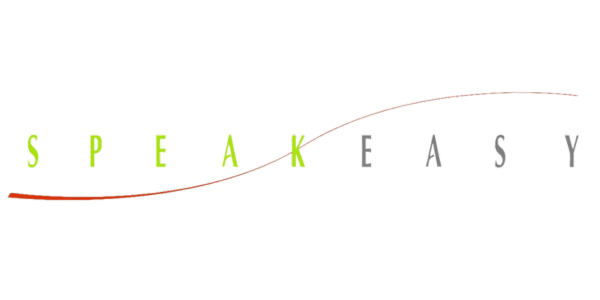
25 Aug Business Communication Standards – Common Email Etiquette
Reading Time: 2 minutesEmail communication has become an integral part of today’s business environment. In many cases, it can be the only form of communication between two people. This is especially true if you are corresponding with others in different countries or companies. How you use email as a communication tool is a skill that requires attention to detail. Unlike text messages, which are designed to be short, conversational forms of communication, email is a more formal way to share ideas and information. What you say, how you say it, and how well you can write are all defining components when using email communication.
If you are like most, you may not have had comprehensive training on email etiquette. For many business professionals, becoming a master email communicator comes as a trial-and-error process. With innovative and online business development programs like First Impressions Count, you can quickly review key business etiquette strategies to avoid common email mistakes. The business communication coaches that created SelfLink recommend following these three email communication techniques.
- Use complete sentences. You may have grown accustomed to short acronyms like “brb”, “lol”, or even “ttyl”. These should be avoided in all email communications, especially emails being sent outside of the company or to people within the company that you do not know personally. Keep in mind that email is a type of formal written communication and is a direct illustration of your ability to convey ideas and information clearly. This also extends to the subject line. Select an appropriate and descriptive subject line so the receiver has a general idea of what the body of the email will contain. Have a professional email greeting such as “Hello” or “Good morning” and a professional closing and signature. Avoid using more conversational words and phrases like “Hey”, “What’s up”, “See ya later”, etc.
- Proofread all of your email correspondence. Remember your communication, in all forms, represents you and is a reflection of your work as a business professional. Whether it is an email to a client, a co-worker, or to your supervisor, take time before you send to read the email. Check for typos, grammar, and tone. Emails, like text messages, are very subjective. What you may have intended could be very different from how your message was received and interpreted. If you are ever concerned about your tone or think it will be misunderstood, have a colleague read your email and provide feedback.
- Watch your response times. In business, it is expected that you will respond to an email within 24 hours, during the week. Coming up with an email system you can stick to is a great way to make sure no email goes unanswered. If your work takes you away from your computer, be sure to find times at least three times a day to check your inbox. If you are going on vacation or will be away from your email for more than one day, set an away message. Having emails go unanswered may convey to others that you are not organized or distracted by non-work items.
Email etiquette is one of a host of important business skills to master. First Impressions Count can help you brush up on essential business best practices including, how to convey credibility, communicating with business executives, and leveraging networking events. Designed for young, busy professionals, with short 2-minute modules, SelfLink is an affordable investment in your professional development that can give you better insight into how to bring immediate value to the workplace.
Visit www.Firstimpressionscount.net for more information and to register.

